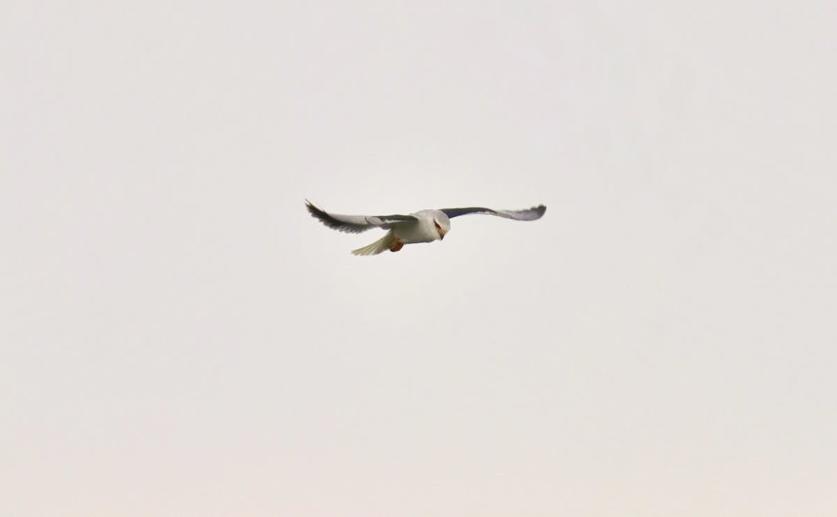
Farm Habitat Choices of a Resident Bird Year-Round
Greg Howard
1st April, 2024

Key Findings
- In Brittany, France, GPS-tagged male jackdaws were studied to understand their impact on crops
- Jackdaws mainly foraged in grasslands but shifted to maize and cereals during specific periods
- The study suggests targeted management strategies could mitigate bird-related crop damage
References
Main Study
1) Agricultural habitat use and selection by a sedentary bird over its annual life cycle in a crop-depredation context
Published 29th March, 2024
https://doi.org/10.1186/s40462-024-00462-0
Related Studies
2) Long-term declines of European insectivorous bird populations and potential causes.
3) Key actions towards the sustainable management of European geese.
4) The Fox and the Crow. A need to update pest control strategies.
5) The paradox of invasion in birds: competitive superiority or ecological opportunism?



 26th January, 2024 | Mary Jones
26th January, 2024 | Mary Jones